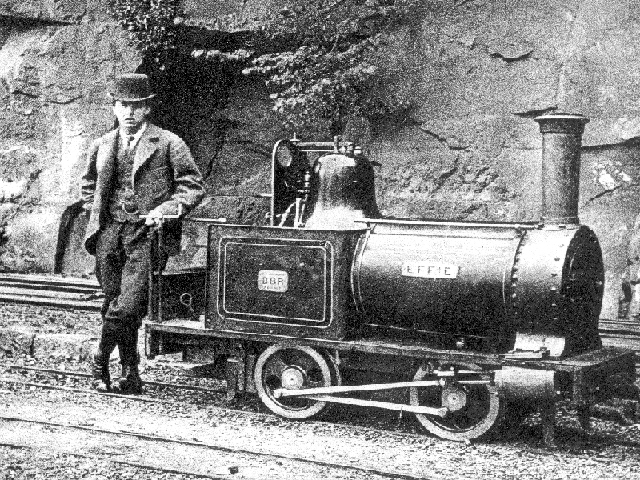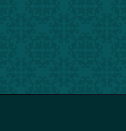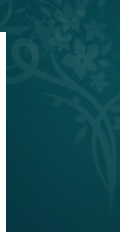| 
 |
|
The Heywood Notebook
Sir Arthur Heywood built trains. Beginning in the early 1870's, he pioneered the use of fifteen-inch gauge railways for commercial haulage which he called the "Miminum Gauge." His idea was that a fifteen-inch gauge railway would be a viable substitute for the horses and carts in use at the time, for a location such as a large farm or small quarry which was hauling up to 6000 tons per year between two fixed points.
So that the equipment would serve for multiple types of load, Sir Arthur designed his freight cars to be a 4-wheeled flat wagon with a removeable, bottomless, box body that he called a "Top." He also designed "timber forks" which were located on the car deck by a hole in the deck. Sir Arthur's parts were all made at his home foundry at Duffield Bank House. Section 1 of the Heywood Notebook covers the basic parts of the wagons and the assembly drawings of the known 4-wheeled freight wagons. These drawings will print to their designated scale on 8 1/2" x 14" legal size paper.
THE DRAWINGS IN SECTION 1
Page 1: Later wagon standard wheels and axleboxes
Page 2: DBR 2' x 4' wagon wheels and axleboxes
Page 3: Freight buffer-couplers
Page 4: Wagon hardware
Page 5: DBR Workman's Car Bogies
Page 6: Wooden bolster bogies
Page 7: Cast iron body and bogie bolsters
Page 8: Cast iron bolster bogies
Page 9: Cast iron bogies
Page 10: Timber forks
Page 11: DBR early wagons
Page 12: DBR 2' x 4' flat wagons
Page 13: DBR 2' x 4' wagon frames
Page 14: DBR 2' x 4' passenger car
Page 15: DBR 2' x 4' high side wagon
Page 16: DBR 2' x 4' top
Page 17: DBR 2 1/2' x 5' wagon
Page 18: ER 3' x 6' wagon
Page 19: ER 3' x 6' wagon details
Sir Arthur Heywood didn't just build 4-wheeled freight cars. There was room on his Minimum Gauge for 8-wheelers too. This section of the Heywood Notebook is the first part of his 8-wheeled, or "Bogie" cars. Just like his 4-wheeled wagons, his 8-wheeled cars were build from standard parts. The bogies are detailed in Section 1 of the Heywood Notebook. The Duke of Westminster's Eaton Railway was supplied with an Open Coach and a Parcels Van, aka baggage car, for the opening in 1896. These were followed in later years by other 8-wheeled cars. Sir Arthur's own Duffield Bank Railway had several open passenger cars, as well as some closed ones. There were at least two cars on the DBR that didn't "fit the mold". For whatever reason, he built two bogie freight cars, Pages 24 and 26, that were a different, "main line" type concept. These were in contrast to his previous "any car for any load" philosophy. These drawings will print to their designated scale on 8 1/2" x 14" legal size paper.
THE DRAWINGS IN SECTION 2
Pages 20 & 21: DBR Workman's Coach
Page 22: DBR Open Coaches
Page 23: ER Open Coach
Pages 24 & 25: DBR 3-Ton Drop Side Wagon
Page 26: DBR Low Side bogie Wagon
Pages 27 & 28: Bogie Car Brake Rigging
Page 29: Bogie Car frame and body hardware
Pages 30 & 31: DBR Parcels Van
Pages 32 & 33: ER Parcels Van
Pages 34 & 35: ER 8-wheeled Brake Van
 |













